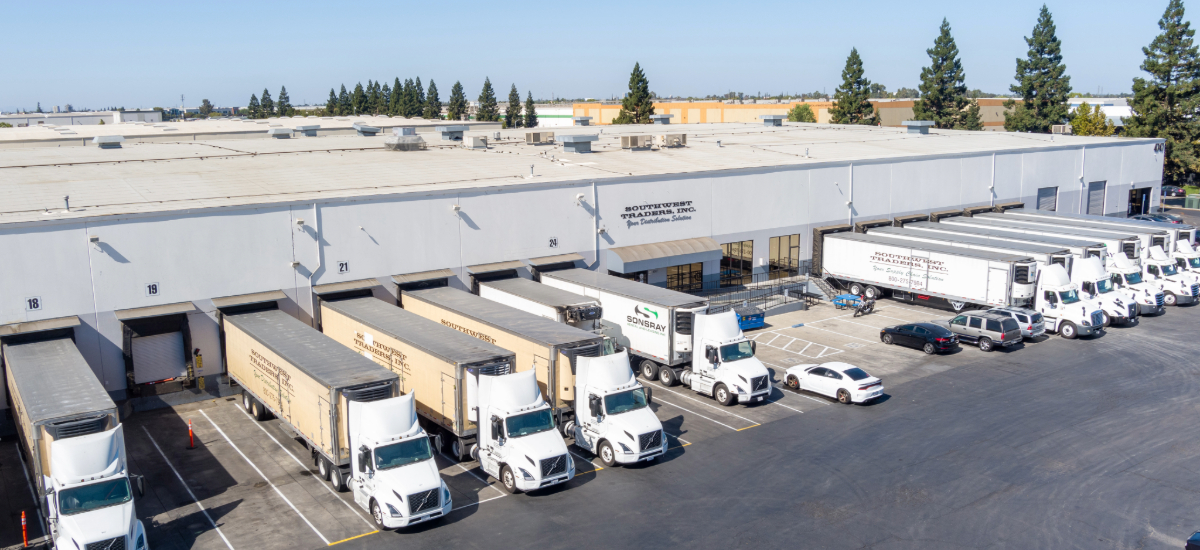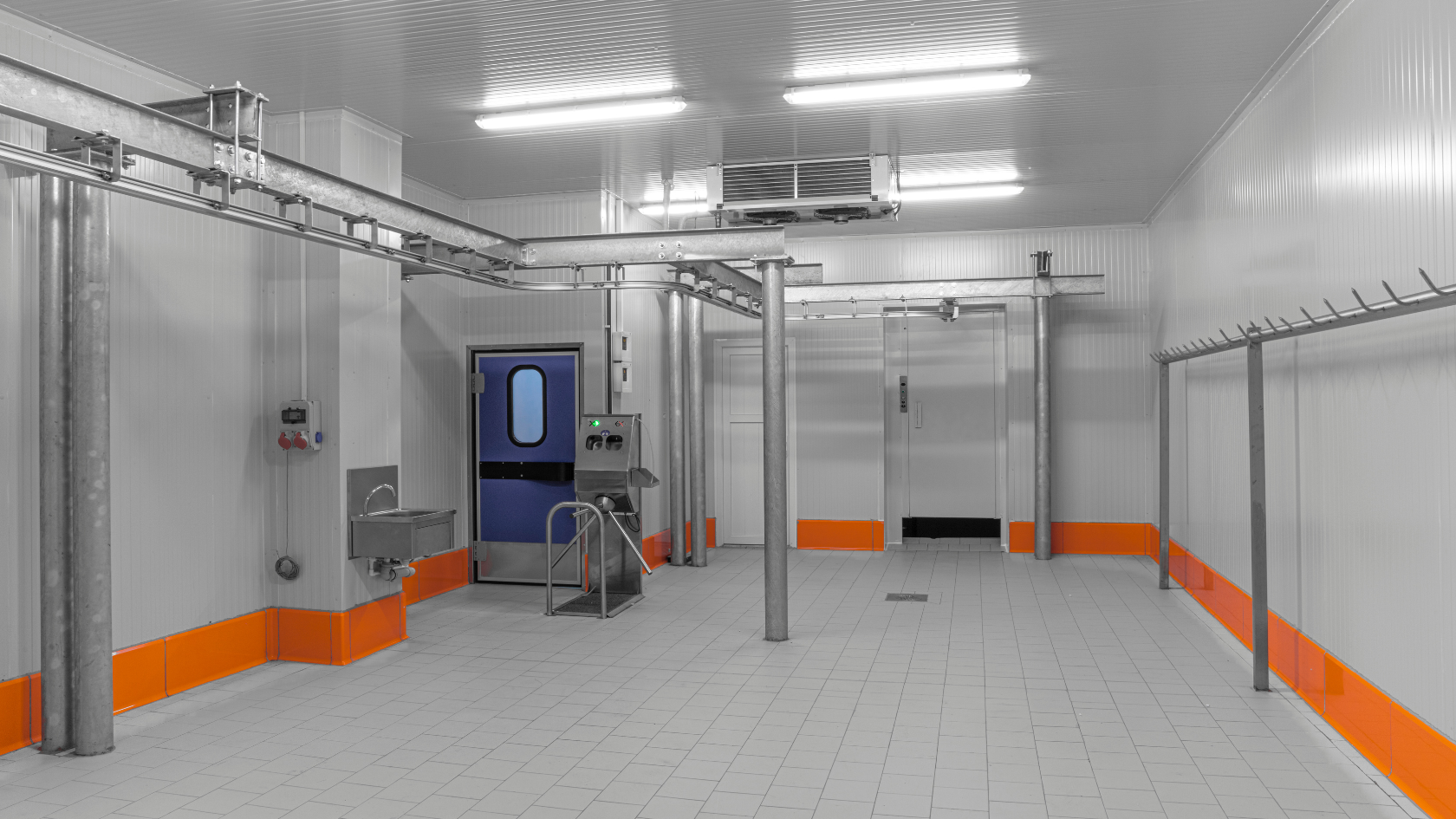In today’s world of global commerce and fast delivery, we often forget the complex journey our food takes before it lands on our plates. Whether it's fresh produce at your local grocery store or the perfectly packaged meal from a restaurant, there's a vast and intricate network making sure everything gets to the right place at the right time. This is the food supply chain — and understanding how food distribution services operate is key to appreciating the efficiency (and challenges) behind what we eat.
What Is Food Distribution?
Food distribution is the critical link between producers and consumers. It’s the process of moving food products from manufacturers and processors to retailers, food service providers, or directly to consumers. This can include wholesalers, logistics companies, and cold storage facilities.
How Food Distribution Services Work
Let’s break it down step by step:
1. Aggregation and Warehousing
After food is harvested or manufactured, it’s typically sent to a distribution center or warehouse ( Southwest Traders ). Here, products are received, stored, and sometimes repackaged. For perishable goods, cold storage is essential to maintain freshness and safety.
2. Order Processing
Food distributors receive orders from their customers — Restaurant's, Yogurt shops, Coffee Shops, Ice Cream shops, Juice Shops, Boba Tea Shoppes, Gelato shops, etc. Advanced inventory systems and our purchasing team help ensure they have the right stock on hand and minimize food waste and shortages to customers.
3. Transportation and Logistics
Once an order is ready, logistics teams plan routes and dispatch delivery trucks. These trucks are equipped with temperature control to ensure perishable foods stay within safety guidelines during transit.
4. Delivery and Inventory Management
Food is delivered to retailers or end-users. Many distributors use just-in-time delivery models to reduce storage costs and keep inventory fresh. Our sales team also tracks inventory in real-time, adjusting orders and logistics as needed to make sure our customers are getting the solutions they need.
The Importance of Technology
Modern food distribution relies heavily on technology — from GPS tracking and digital order systems to data analytics and AI. These tools help optimize routes, predict demand, reduce spoilage, and ensure compliance with safety regulations.
Challenges in Food Distribution
While the system is highly efficient, it’s not without challenges:
-
Supply Chain Disruptions: Weather, pandemics, vendor shortages can interrupt the flow of goods.
-
Perishability: Time is of the essence with fresh food, requiring tight coordination and fast delivery.
-
Regulations and Safety: Food safety laws vary by region and product type, demanding rigorous compliance.
-
Sustainability: The food industry is under pressure to reduce emissions, packaging waste, and food loss.
Final Thoughts
Next time you’re grabbing a dessert or dining out, consider the complex choreography that got that food to you. Food distribution services play a crucial role in ensuring access to safe, fresh, and affordable food. As technology continues to evolve and sustainability takes center stage, the future of the food supply chain looks smarter — and greener — than ever.


